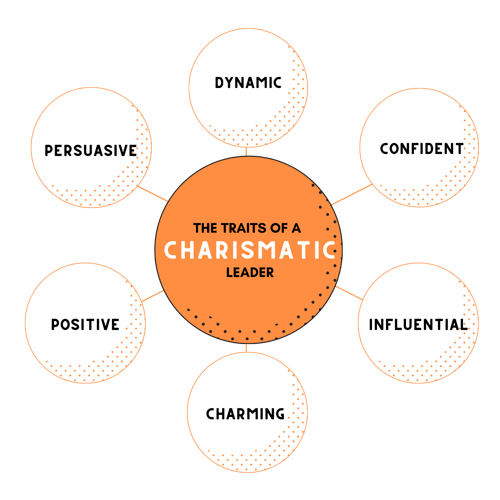Unleashing Dynamic Agility: Mastering Modern Business Strategies
In the ever-evolving landscape of business, the ability to adapt and respond swiftly to change is a defining factor for success. Agile business strategies have become crucial for organizations seeking not only to survive but to thrive in dynamic markets. Let’s explore the key elements that contribute to mastering modern business strategies with dynamic agility.
Agile Methodology: A Paradigm Shift in Business Approach
At the core of mastering modern business strategies is the adoption of agile methodologies. Originally stemming from software development, the agile approach is now embraced across various industries. It involves iterative development, collaboration, and continuous improvement. Applying agile principles allows organizations to pivot quickly, respond to customer feedback, and stay ahead in a rapidly changing business environment.
Iterative Planning and Flexibility: Navigating Uncertainties
Agile strategies prioritize iterative planning, enabling organizations to adapt plans as circumstances evolve. This flexibility is especially valuable in uncertain markets where unforeseen challenges or opportunities may arise. Iterative planning allows businesses to make informed adjustments, ensuring that strategies remain aligned with changing market dynamics and customer expectations.
Cross-Functional Collaboration: Breaking Silos for Innovation
Breaking down silos and fostering cross-functional collaboration are fundamental aspects of agile business strategies. In a rapidly changing business landscape, collaboration between departments becomes essential for innovation. By bringing together individuals with diverse skills and perspectives, organizations can harness collective creativity and respond more effectively to evolving market demands.
Customer-Centric Focus: Guiding Strategy with Feedback
A key tenet of agile business strategies is maintaining a customer-centric focus. Regular feedback from customers is not only valued but actively sought after. By engaging with customers throughout the development process, organizations gain insights into their needs and preferences. This customer-centric approach ensures that strategies align closely with the market and are more likely to result in products or services that meet customer expectations.
Adapting to Change: Embracing a Growth Mindset
Agile strategies embrace change as a constant and integral part of the business journey. Organizations with an agile mindset view change not as a disruptor but as an opportunity for growth and improvement. This adaptive mindset permeates the organizational culture, encouraging employees at all levels to be open to change and actively seek ways to innovate and enhance processes.
Real-Time Data Utilization: Informed Decision-Making
In the age of big data, agile business strategies leverage real-time data to inform decision-making. Access to accurate and up-to-date information allows organizations to make data-driven decisions swiftly. By incorporating data analytics into the decision-making process, businesses can identify trends, anticipate market shifts, and proactively adjust strategies for maximum impact.
Rapid Prototyping and Experimentation: Accelerating Innovation
Agile strategies emphasize rapid prototyping and experimentation. Rather than waiting for a perfect solution, organizations create prototypes quickly and gather feedback to refine their offerings. This iterative approach to innovation accelerates the development process and allows businesses to respond promptly to emerging trends or capitalize on new opportunities in the market.
Flexibility in Execution: Adapting to Dynamic Priorities
Agile business strategies recognize that priorities may shift in a dynamic environment. The ability to be flexible in execution is a hallmark of agility. Agile organizations empower teams to reassess priorities regularly, ensuring that efforts are aligned with the most pressing needs and opportunities. This adaptability in execution enables organizations to stay responsive and nimble.
Employee Empowerment: Fostering a Culture of Ownership
Empowering employees is a fundamental aspect of agile strategies. In an agile culture, employees are encouraged to take ownership of their work, contribute ideas, and actively participate in decision-making processes. This empowerment not only boosts employee morale but also taps into the collective intelligence of the workforce, fostering a culture of continuous improvement and innovation.
Visit Agile Business Strategies for In-Depth Insights
For a deeper understanding of how agile business strategies can revolutionize your organization, visit Agile Business Strategies. This resource provides comprehensive insights, case studies, and practical tips for implementing and mastering agile strategies in your business.
Conclusion: Thriving in a Dynamic Business Landscape
In conclusion, mastering modern business strategies requires embracing dynamic agility. The principles of agile methodologies, iterative planning, cross-functional collaboration, customer-centric focus, and an adaptive mindset are essential for navigating the uncertainties of today’s business landscape. By implementing agile strategies, organizations not only survive in dynamic markets but thrive by staying ahead of the curve and continuously delivering value to customers.








